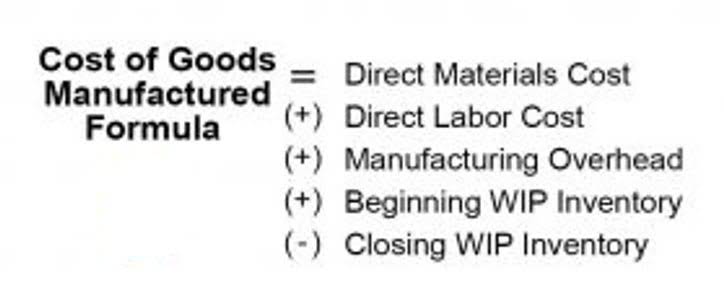
These are the main types of products for which companies have accounts payables. A contra account, also known as a contrast account, is which is used in normal balance for accounts. The contra account is an account that is usually the opposite of one of the other accounts.

The Sortino Ratio Explained: Formula, Calculation & Examples
If you’re crediting a liability, equity, or revenue account, you’re also increasing its balance. Conversely, crediting an asset or expense account, or debiting a liability, equity, or revenue account, decreases its balance. In accounting, debits normal balance and credits are the fundamental building blocks in a double-entry accounting system.
- Next, let’s explore the relationship between normal balances and the categories of assets, liabilities, and equity in accounting.
- The seller refers to the invoice as a sales invoice and the buyer refers to the same invoice as a vendor invoice.
- There are two ways of how accounts payable are measured for entry in the accounting journal.
- The initial challenge is understanding which account will have the debit entry and which account will have the credit entry.
- Under the accrual basis of accounting, revenues are recorded at the time of delivering the service or the merchandise, even if cash is not received at the time of delivery.
- The rules of debit and credit (also referred to as golden rules of accounting) are the fundamental principles of modern double entry accounting.
Normal Balance of an Account

For more information about finance and accounting view more of our articles. Ensuring they’re not overspending and putting themselves in a difficult financial position. Ultimately, it’s up to you to decide which side of the ledger each account should be on.
Episode 170: The Illusion of Understanding and the Study Success Cycle
The term losses is also used to report the writedown of asset amounts to amounts less than cost. It is also used to refer to several periods of net losses caused by expenses exceeding revenues. Usually financial statements refer to the balance sheet, income statement, statement of comprehensive income, statement of cash flows, and assets = liabilities + equity statement of stockholders’ equity. By having many revenue accounts and a huge number of expense accounts, a company will be able to report detailed information on revenues and expenses throughout the year.
The 5 Biggest Challenges of Financial Planning for Businesses
- On the other hand, expenses and withdrawals decrease capital, hence they normally have debit balances.
- Conversely, when the company makes a payment on its account payable, it records a debit entry in the Accounts Payable account, decreasing its balance.
- A balance on the left side of an account in the general ledger.
- A liability account on the books of a company receiving cash in advance of delivering goods or services to the customer.
- This is a non-operating or “other” item resulting from the sale of an asset (other than inventory) for more than the amount shown in the company’s accounting records.
- After you have identified the two or more accounts involved in a business transaction, you must debit at least one account and credit at least one account.
It is the side of the account – debit or credit – where an increase in the account is recorded. Different accounts have their own rules for a normal balance. To up an account’s value, entries must stick to a debit or credit rule. Yet, liabilities and equity, such as Common Stock, go up with credits. The normal balance is the expected balance each account type maintains, which is the side that increases.

This makes the company’s financial activities clear and strengthens its financial reports. So, using normal balances right is key for good financial management. A careful look at each transaction helps decide what to record in the ledger. The increase in inventory, an asset, is HVAC Bookkeeping a debit because that’s its normal balance for inventory.
- In general, debits are used to increase asset and expense accounts, while credits are used to increase liability and equity accounts.
- When the company repays the bank loan, the Cash account and the Notes Payable account are also involved.
- The accounting term that means an entry will be made on the left side of an account.
- They do not signify good or bad financial events but are tools to maintain the equilibrium of the accounting equation.
- Understand the concept of normal balance in accounting and its significance in finance.
- A current liability account that reports the amounts owed to employees for hours worked but not yet paid as of the date of the balance sheet.
Groups like the Financial Accounting Standards Board (FASB) and the American Institute of Certified Public Accountants (AICPA) offer guidance. They teach us that assets and expenses should have a Debit balance. Meanwhile, liabilities, equity, and revenues should be Credit. T-accounts help accountants see how debits and credits affect an account. Revenue rises with credits and its normal balance is on the right.